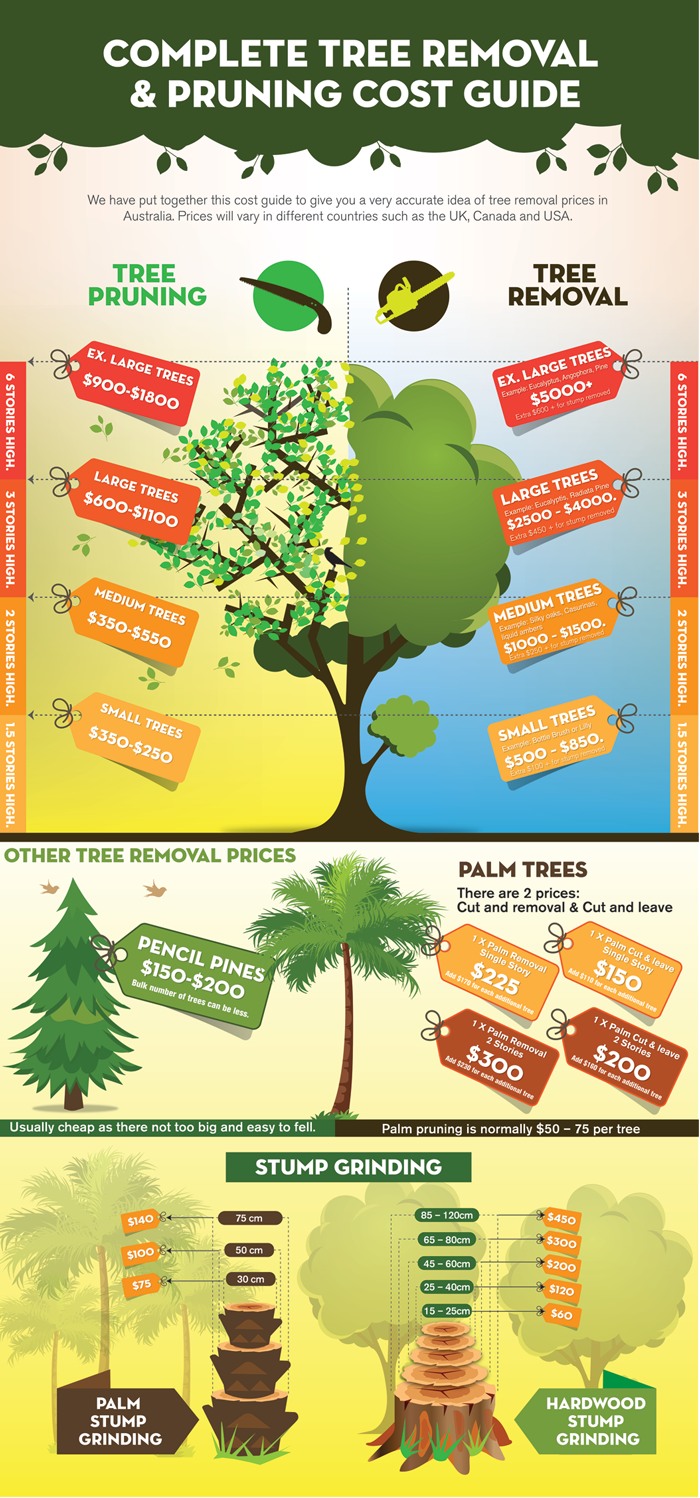Tree Care Throughout The Seasons: Best Practices For Taking Care Of Trees Prior To And Complying With Elimination
Tree Care Throughout The Seasons: Best Practices For Taking Care Of Trees Prior To And Complying With Elimination
Blog Article
Content By-
When it comes to seasonal tree care, making certain appropriate administration prior to and after removal can considerably influence the health and wellness and aesthetic appeals of your landscape. By recognizing the necessary steps involved in assessing tree health and wellness and getting ready for elimination, you can proactively protect your residential property. However what concerning the important practices to comply with once the tree is gone? Stay tuned to uncover the vital post-removal treatment procedures that will certainly aid you grow a thriving and lasting environment for your trees.
Pre-Removal Tree Care
Prior to attending to the removal of a tree, it's vital to prioritize pre-removal tree treatment. Beginning by assessing the tree's health and wellness and structural stability. please count of illness, insect problems, or any kind of architectural problems that may position a security threat throughout removal. It's vital to seek advice from a qualified arborist to figure out the most effective strategy.
Trimming dead or infected branches can protect against further damages to the tree and ensure a smoother removal procedure.
In addition, take into consideration the environmental effect of removing the tree. Trees play an important duty in our ecological community, so planting a new tree in an appropriate location can aid offset any kind of loss. Make sure that you have the required permits and consents for tree elimination, especially if the tree is secured by local guidelines.
Seasonal Maintenance Tips
Evaluating your tree's needs throughout the year is critical for its wellness and long life. To keep your trees in leading condition, follow these seasonal maintenance pointers.
In springtime, focus on pruning to get rid of dead or damaged branches and motivate brand-new development.
hedge nursery requires normal watering, particularly throughout droughts, to guarantee your tree stays hydrated.
As fall approaches, keep an eye out for very early signs of illness or stress, and take into consideration using mulch to safeguard the roots during winter.
In winter, be cautious when removing snow from branches to stop damage, and continue to monitor your tree's total health and wellness.
Keep in mind to adjust your care routine based upon the details requirements of your tree types and local environment. By staying mindful and positive throughout the periods, you can aid your trees flourish and thrive for several years to come.
Post-Removal Tree Treatment
To make sure the health and wellness of your landscape even after tree removal, proper post-removal care is vital. After a tree is gotten rid of, it's vital to fill the staying opening with topsoil and compact it to avoid settling. This will help preserve the honesty of the ground and avoid potential hazards in the future.
Think about planting brand-new plant life in place of the eliminated tree to bring back the equilibrium and looks of your landscape. Frequently water the location to advertise the growth of brand-new plants and stop soil disintegration.
Examine the surrounding trees for any type of signs of condition or stress that may have been caused by the eliminated tree. Watch out for parasites that could've been brought in to the previous tree and take preventive measures to protect the staying plant life.
If needed, talk to a professional arborist to examine the effect of the elimination on the surrounding trees and establish any type of added treatment required. By following these post-removal care actions, you can guarantee the continued health and wellness and appeal of your landscape.
Conclusion
To conclude, aggressive seasonal tree care is crucial for preserving the health and wellness and balance of your landscape. By examining tree wellness, pruning, and speaking with an arborist prior to removal, you can ensure a safe procedure. After elimination, filling up the hole, planting brand-new plants, and routine watering will promote new growth and stop disintegration. Bear in mind to inspect bordering trees for condition and look for more care steps from an arborist to keep your landscape thriving.
